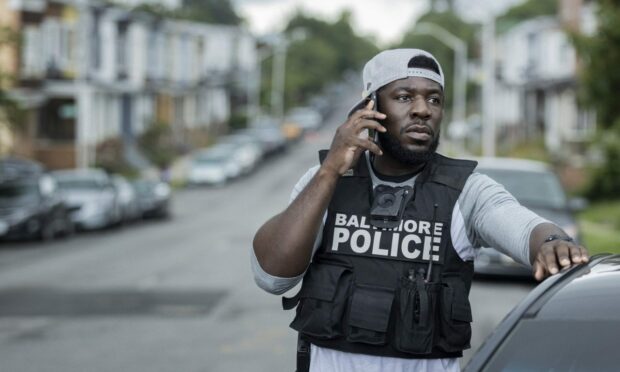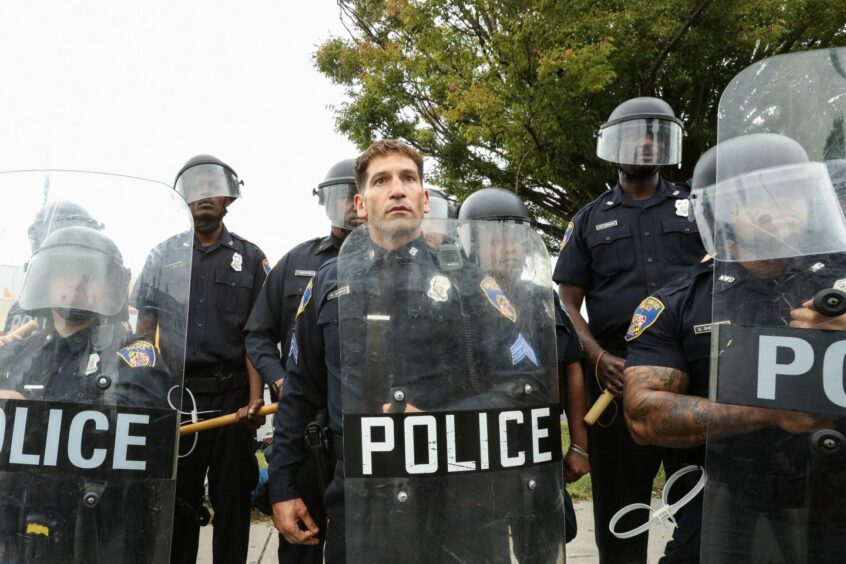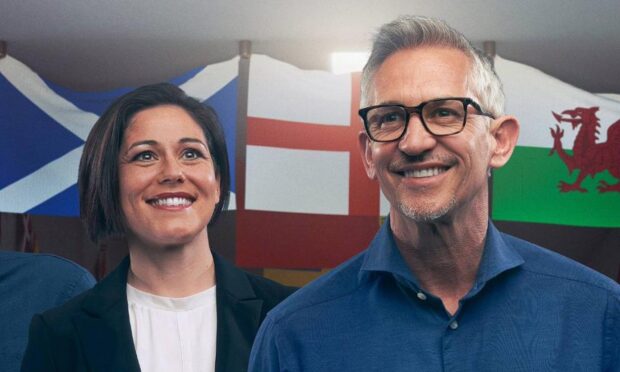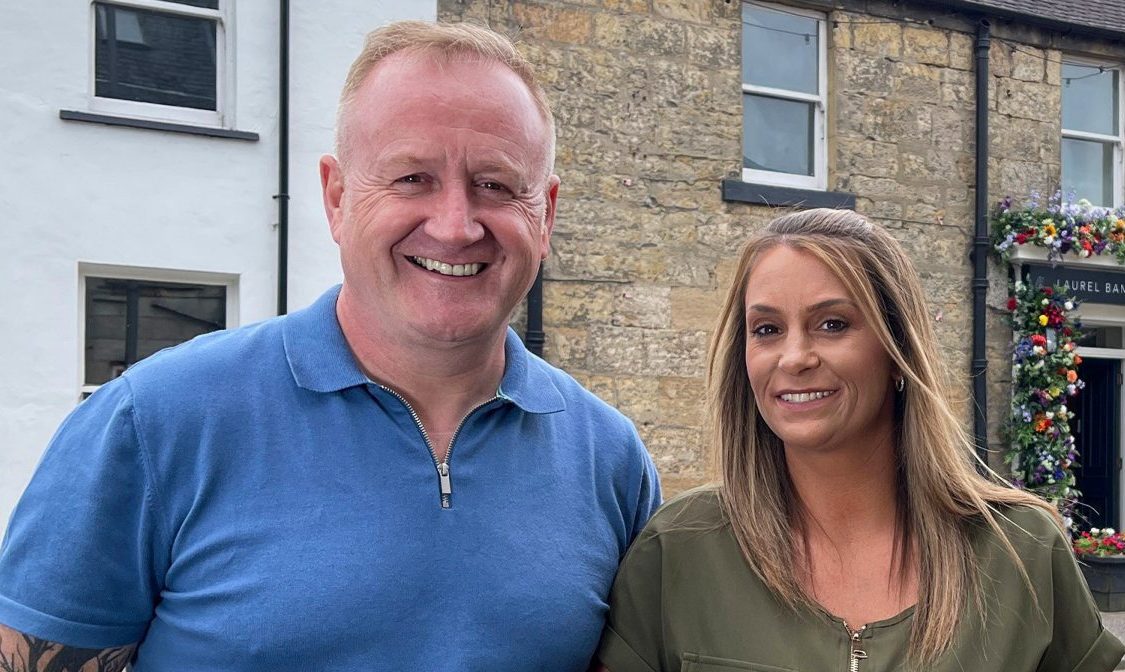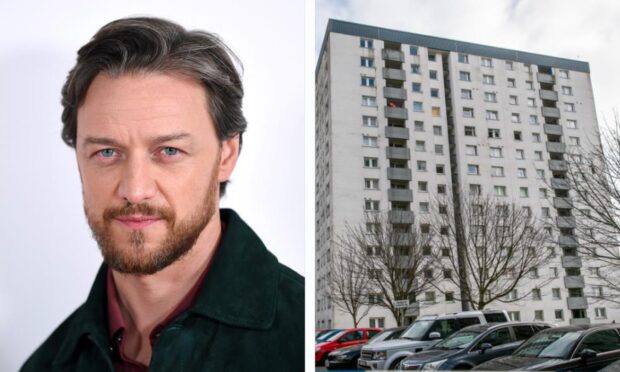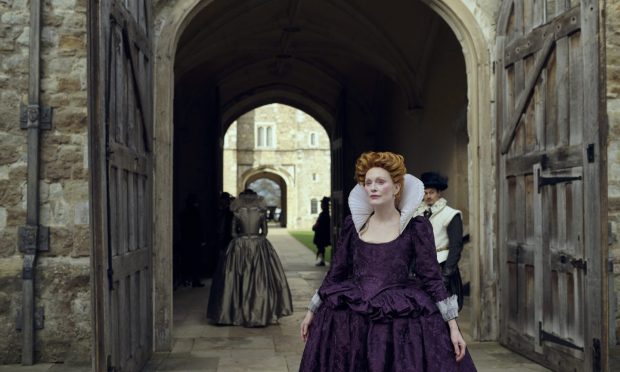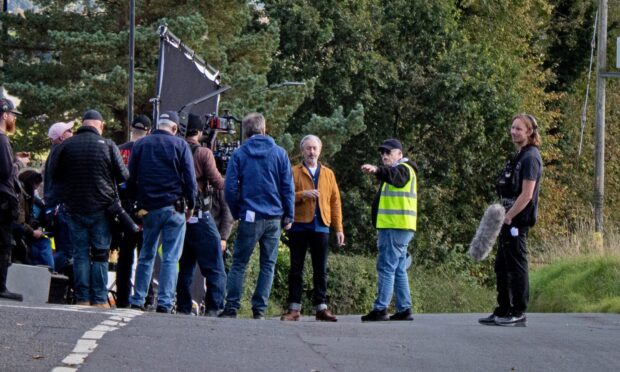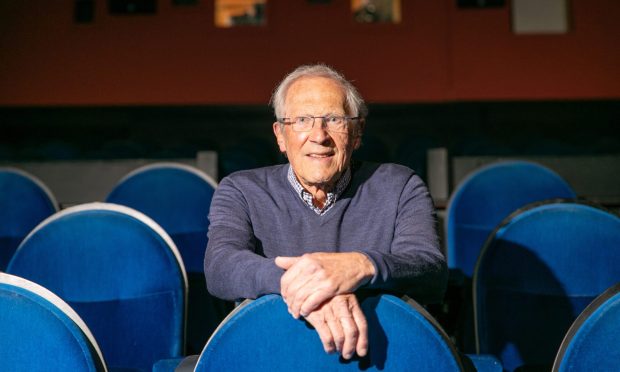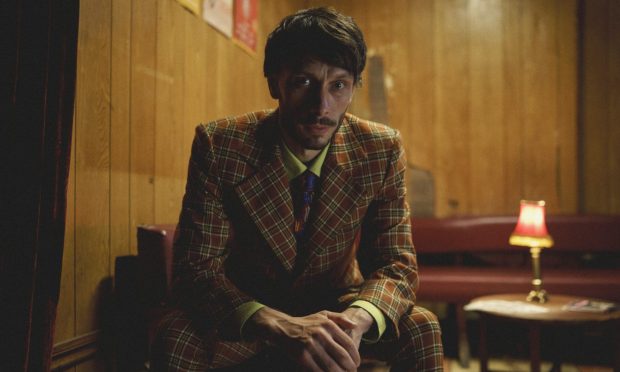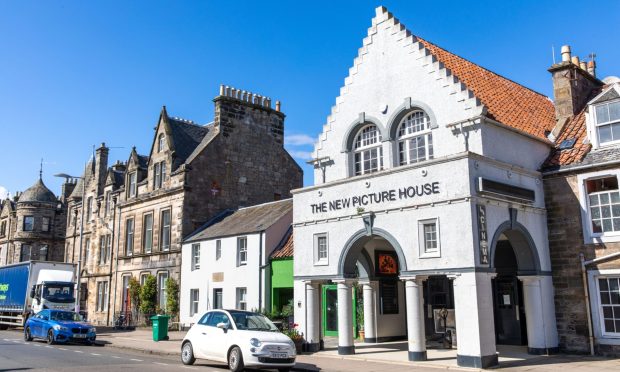“Most police worth a s***, they can pretty much write their way out of anything,” declares Baltimore police sergeant Wayne Jenkins (Jon Bernthal).
He’s talking to a room full of cops at the beginning of six-part true-crime drama We Own This City (Sky Atlantic).
His training speech is an impassioned plea not to cut corners by brutalising suspects on the streets.
But there’s an implied deeper meaning – that the smart cop who knows the law and keeps their head down can trample civil rights without attracting complaints.
Crime, cops and corruption
We Own This City is adapted from last year’s non-fiction book of the same name by Baltimore Sun reporter Justin Fenton, subtitled ‘A True Story of Crime, Cops and Corruption in an American City’.
It tells the story of Baltimore Police Department’s Gun Trace Task Force, which in 2017 was found to be linked to all three ‘C’s of the subtitle.
The tempting premise isn’t why a buzz has built around WOTC.
The series’ co-creator and writer is another former Baltimore Sun reporter who turned his experiences into books and then a crime series.
That’s David Simon, co-creator of The Wire, which drew acclaim as the greatest television series ever made.
A step into The Wire’s milieu
WOTC isn’t a sequel, but it’s easy to see why some people are talking about it in those terms.
Simon’s other series have included Treme, Show Me a Hero and The Deuce, but WOTC is the first to step back into The Wire’s milieu of Baltimore street-dealers, frustrated lawyers and politicians, and compromised cops.
On the evidence of the first episode, it’s almost everything the old-school Wire fan could have wanted.
The cast and scenarios are as sprawling as any of the epic novels The Wire was compared to. The narrative skips around between past and present, carefully showing us the right piece of the jigsaw at just the right time.
Wunmi Mosaku is excellent as attorney Nicole Steele, navigating – and leading the audience – through the complexities of how hard it is to weed out corruption in the department. Dagmara Dominczyk is cool-eyed as FBI investigator Erika Jensen.
Thug with a badge
Elsewhere, we meet thug with a badge Hersl (Josh Charles) and embattled Police Commissioner Davis, played by Delaney Williams, one of a number of familiar Wire faces appearing as different characters.
Co-written by crime author and fellow Wire veteran George Pelecanos, the only thing missing here is the unique and brilliant comedy of some of the original’s wildest characters.
The Wire a decade later
It’s every bit as grippingly addictive, though, with the added sense that this is the world of policing a decade on from The Wire.
It’s a world of viral mobile phone footage, where some clips are edited to make the police look bad and stop them doing their job, but others are a threat to police who use violence with impunity.
These cops undergo cultural sensitivity training and take clues about gang beefs from the lyrics of local rappers.
So no, it’s not a sequel to The Wire – but it still feels like the American crime drama of its time.
